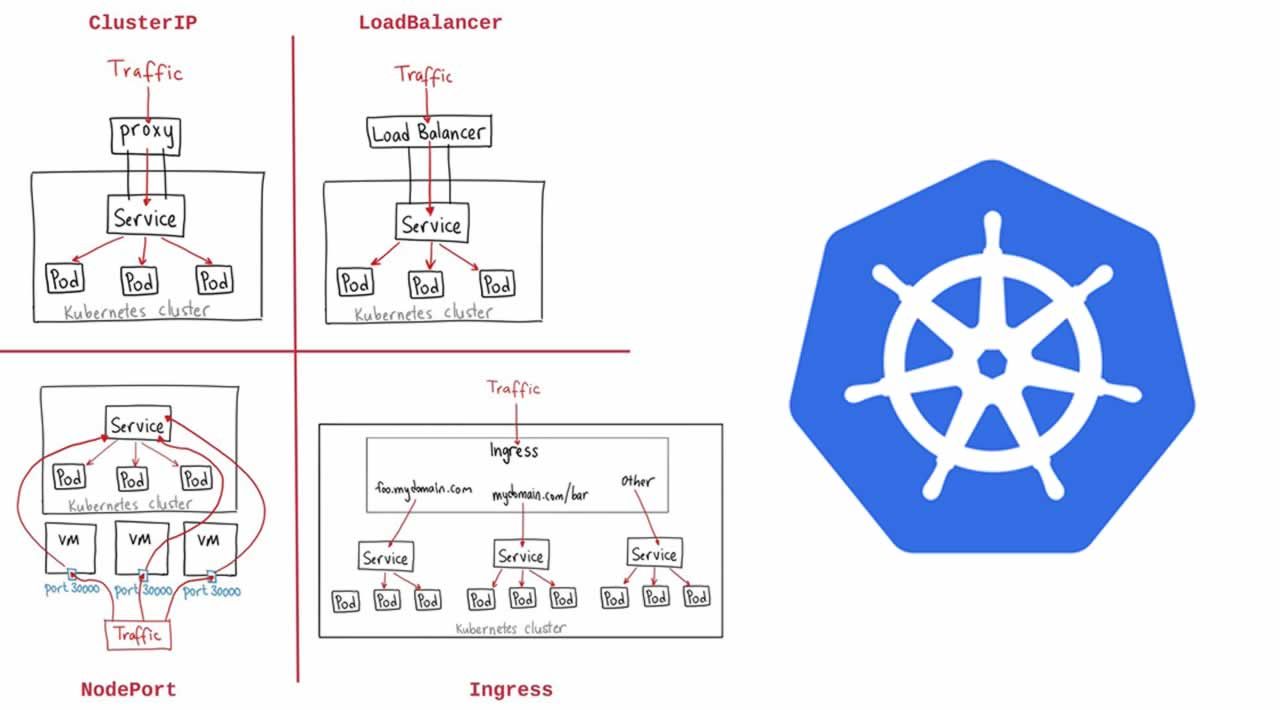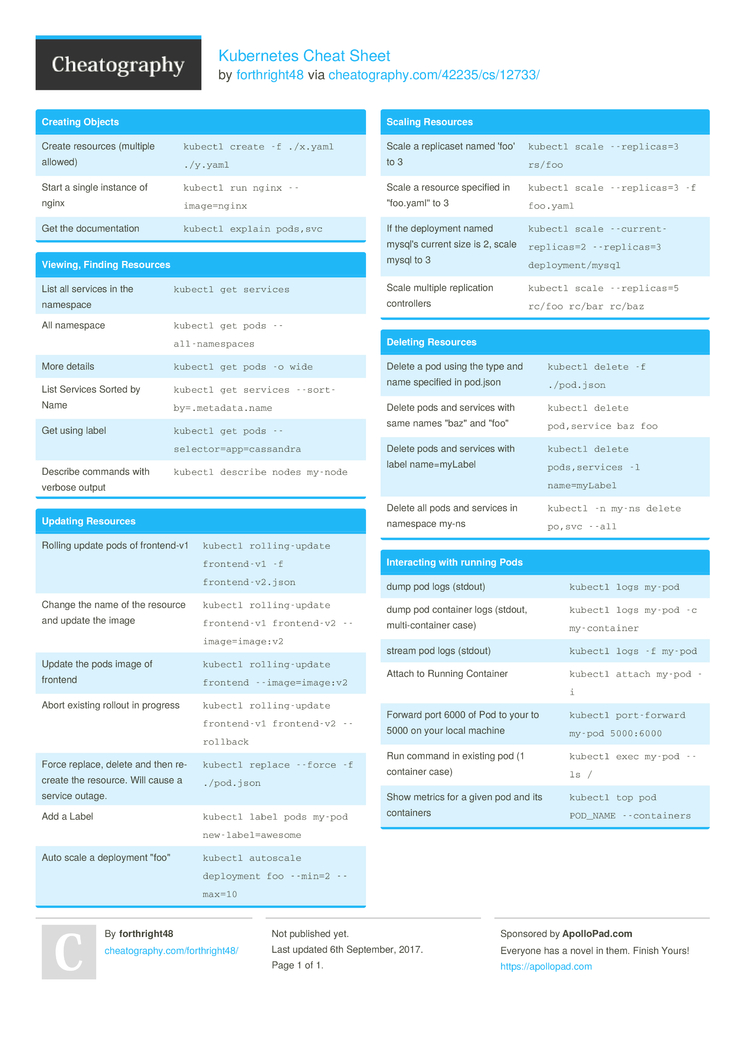

Labels and Annotationsĭescription: Labels and annotations in RabbitmqCluster metadata are propagated to the resources created by Every property listed below is optional.Ī number of configuration examples are available Next, add any of the properties described below along with their values. To configure a RabbitMQ instance, open definition.yaml or edit the configuration in place by running:
KUBERNETES ANNOTATIONS LIST HOW TO
How to configure memory and CPU limits for RabbitMQ.

How to import a definitions file in RabbitMQ using the Operator.There are examples for some common use cases in the GitHub repository. prometheus.io/scrape - with value true.The same set of labels is applied to the Pods created by the StatefulSet. /part-of - The name of a higher level application this one is part of./component - the component it belongs to./name - the value is the RabbitmqCluster name associated to the resource.The child resources created by the Cluster Operator always have the following set of labels: Continue for more advanced configuration options.įor more information, see the RabbitMQ documentation guides. # service/definition ClusterIP 10.103.214.196 None 5672/TCP,15672/TCP,15692/TCP 113sĪ RabbitMQ cluster is now ready to be used by applications. # service/definition-nodes ClusterIP None None 4369/TCP 113s # NAME TYPE CLUSTER-IP EXTERNAL-IP PORT(S) AGE # pod/definition-server-0 1/1 Running 0 112s If successful, there will be a running pod and a service that exposes the instance. Then verify that the process was successful by running: See Support for Arbitrary User IDs for details. Note: when creating RabbitmqClusters on Openshift, there are extra parameters that must be added toĪll RabbitmqCluster manifests. Then copy and paste the below snippet into the file and save it: Note: The YAML file can have any name, but the steps that follow assume it is named In which the RabbitmqCluster was defined.įirst, create a YAML file to define a RabbitmqCluster resource named definition.yaml. RabbitMQ Cluster Kubernetes Operator creates the necessary resources, such as Services and StatefulSet, in the same namespace To create a RabbitMQ instance, a RabbitmqCluster resource definition must be created and applied. # rolebinding "rabbitmq-mycluster:psp:unprivileged" created

serviceaccount=some-namespace:mycluster-server Kubectl create rolebinding rabbitmq-mycluster:psp:unprivileged \ # role "rabbitmq:psp:unprivileged" created Kubectl create role rabbitmq:psp:unprivileged \ # Assuming RabbitmqCluster name is 'mycluster' In order to allow a Service Account to use PSPs, a Role with the verb 'use' mustīe bound to the Service Account. 'mycluster' will generate a Service Account named mycluster-server. The Operator creates a Service Account using the pattern INSTANCE-NAME-server. It's ok to create a binding that refers to a non-existing The Role and RoleBinding should be created before a RabbitmqCluster instance is created. If Pod security policies are not enabled, skip to Create a RabbitMQ Instance below. If Role and RoleBinding are used, it will only be effective in the Namespace where the RBACs are deployed. For more information about Pod security policies, If pod security policies are enabled in the Kubernetes cluster,Ī Role and RoleBinding must be created to enable the Pods to be scheduled.

KUBERNETES ANNOTATIONS LIST INSTALL
If it is not, install it by following the steps in the installation guide. Then verify that is on the list, as in the example below: To your Kubernetes cluster and is available. Confirm Service Availabilityīefore configuring your app to use RabbitMQ Cluster Kubernetes Operator, ensure that RabbitmqCluster Custom Resource is deployed Using the RabbitMQ Kubernetes Operators on Openshift. Pause Reconciliation for a RabbitMQ InstanceĪdditional information about using the operator on Openshift can be found at.Restrict traffic using Network Policies.Find Your RabbitmqCluster Service Name and Admin Credentials.This guide is structured in the following sections: For instructions on getting started quickly, see the quickstart guide. If RabbitMQ Cluster Kubernetes Operator is not installed, This guide covers how to deploy Custom Resource objects that willīe managed by the RabbitMQ Cluster Kubernetes Operator. Using RabbitMQ Cluster Kubernetes Operator


 0 kommentar(er)
0 kommentar(er)
